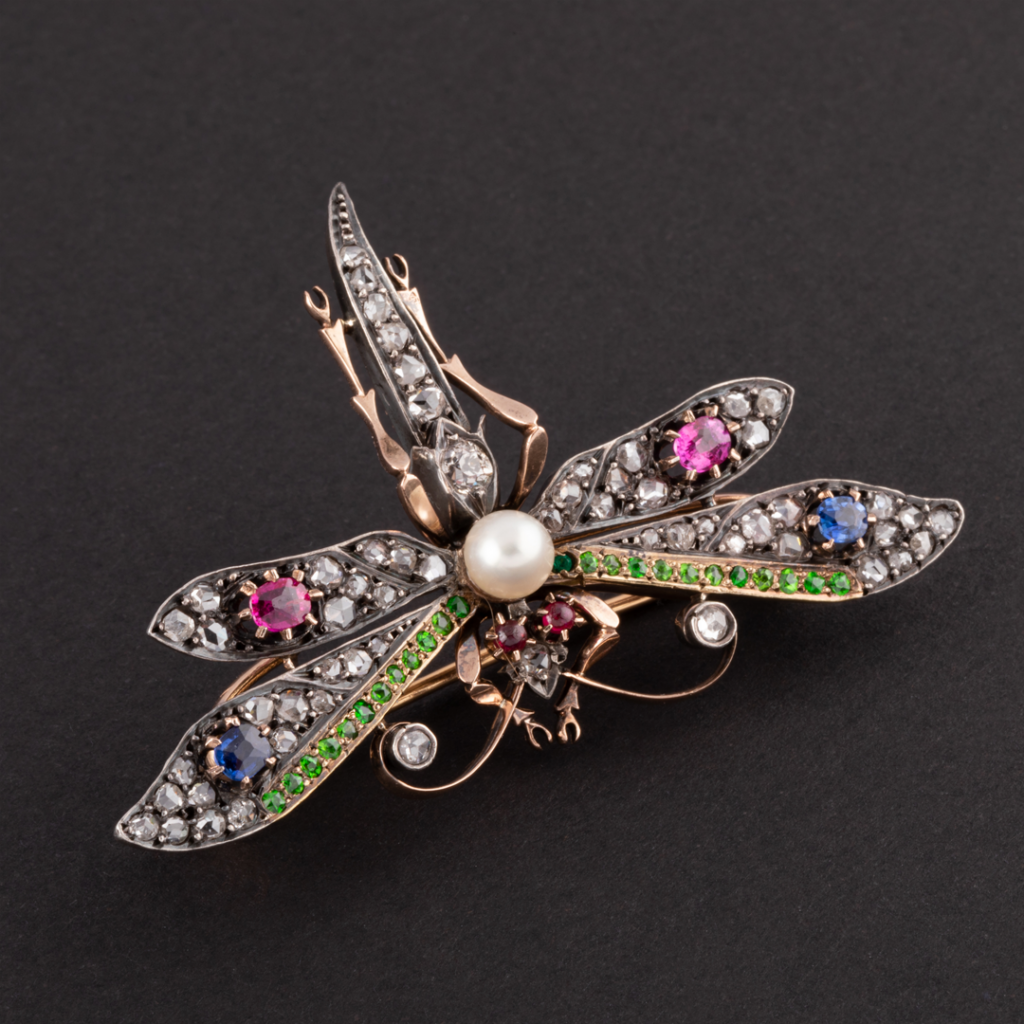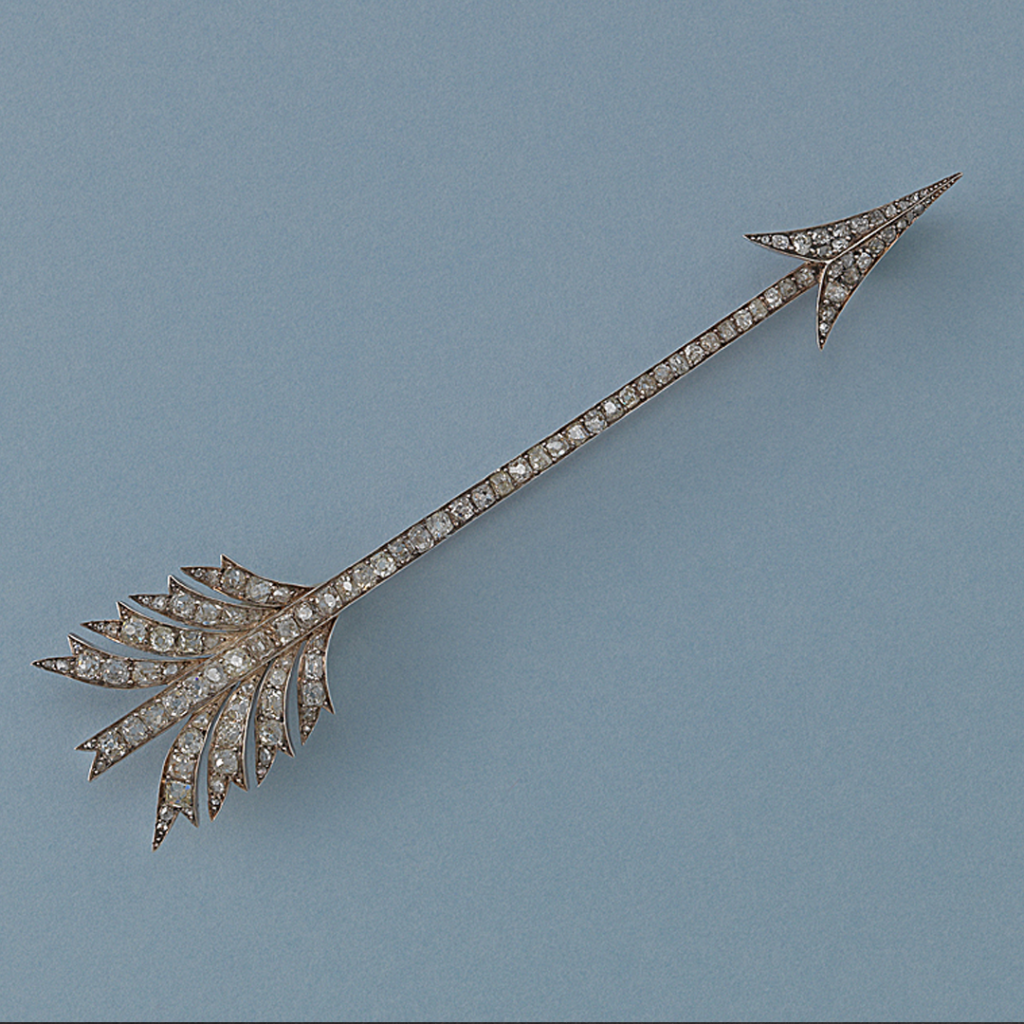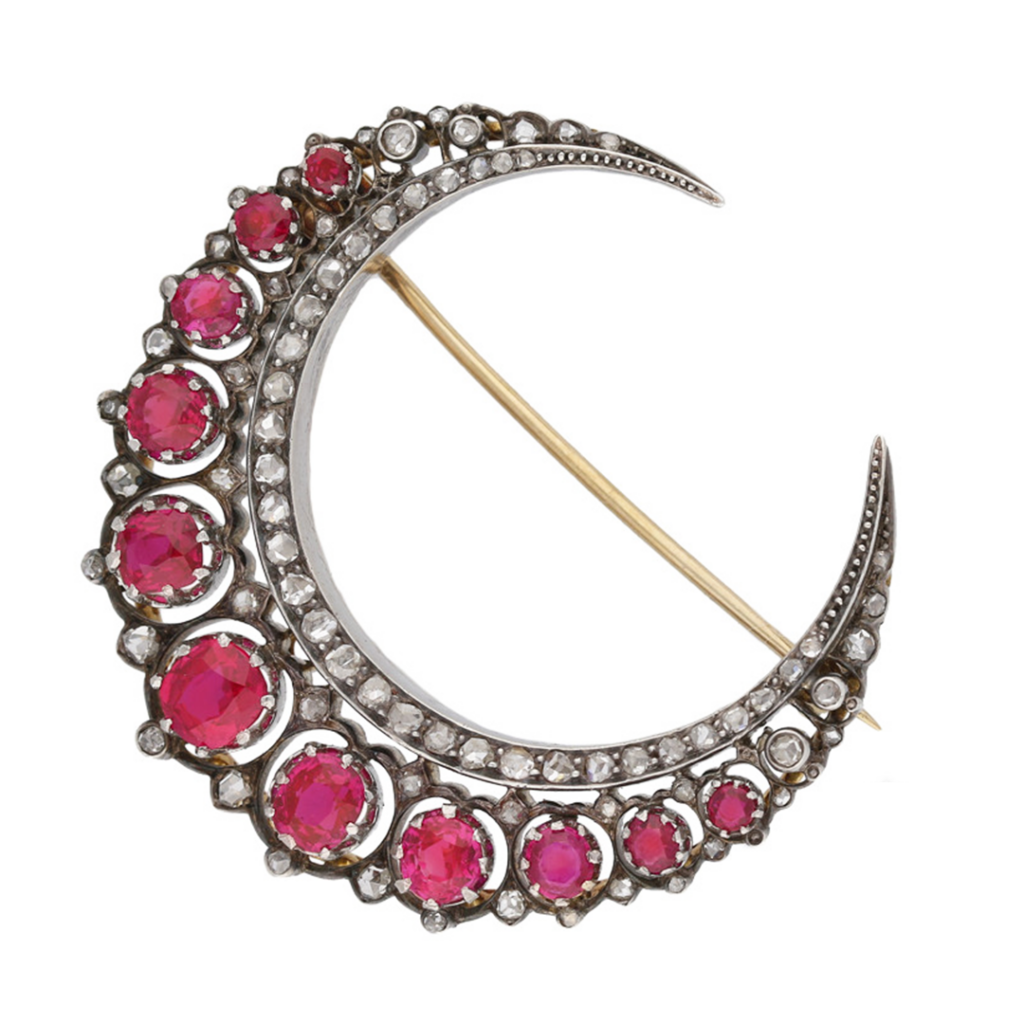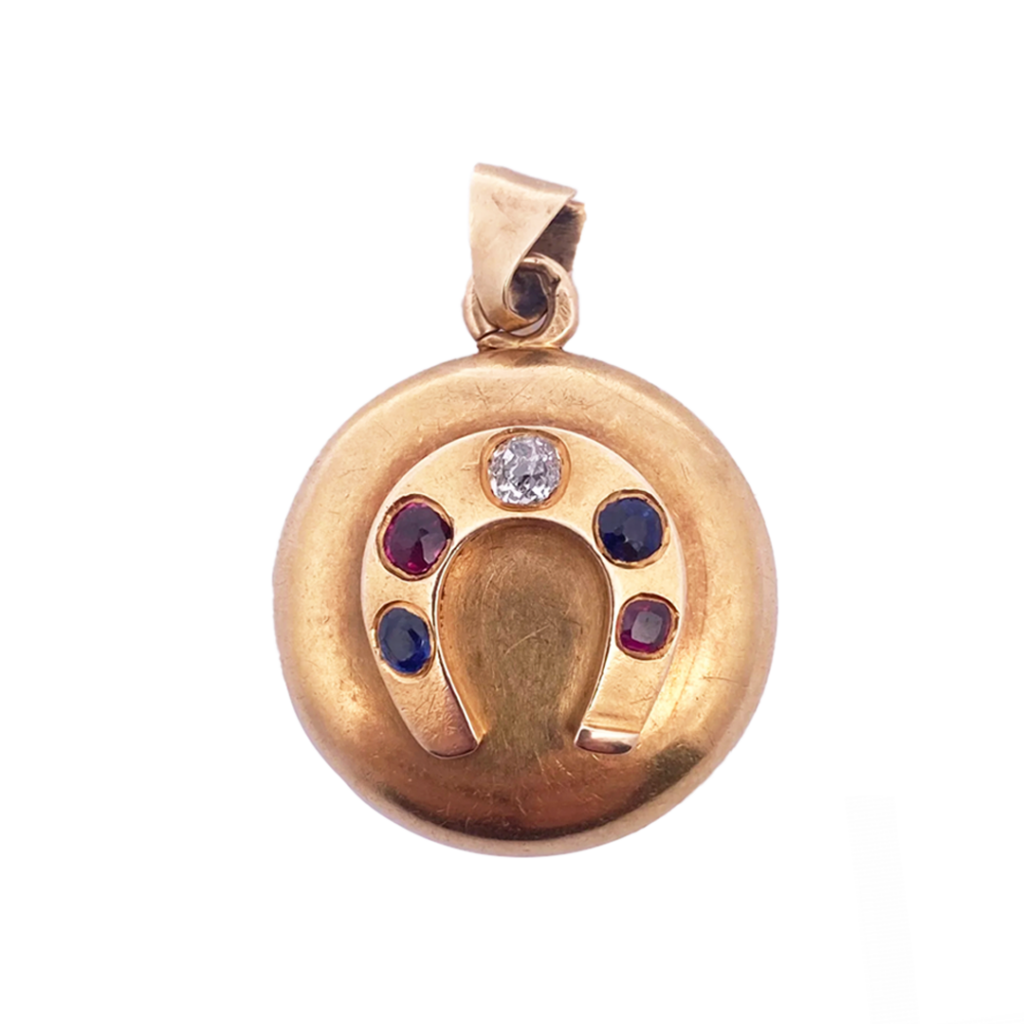The Victorians were known as a staid bunch, living by a strict set of social rules they were not particularly prone to expressing their feelings. However, they were also romantics and when it came to communicating messages through jewelry, Victorians were experts. The jewelry that they wore not only symbolized love, affection and fidelity, but also female empowerment and protection. The Victorian era was a long one lasting for the 67 years (1837-1901) that Victoria sat on the throne. Needless to say, jewelry styles changed dramatically throughout that time, but the one commonality during those years was sentimentality and symbolism, which is why certain motifs pop up frequently in jewelry made during that period. So what were some of the most common motifs?
Dragonflies
Victorians were avid gardeners and drew upon various insects for design inspiration, especially the dragonfly. The Victorian era was a time of rapid change and the industrial revolution greatly transformed society. Connecting to nature through gardening was an antidote to industrialization and Victorians believed that dragonflies represented embracing change. Dragonflies lend themselves well to being reinterpreted in jewelry with their delicate colorful wings and bodies they were frequently rendered in precious metals, gemstones and sometimes enamel.
Arrows
Arrows have been a utilitarian item since the dawn of time, used for hunting and protection, the arrow was not particularly glamorous. Enter the Victorians who frequently wore diamond intensive arrow-themed brooches. Arrows worn as hair ornaments was also stylish. Arrows were perceived as a sign of protection and also a sign of love – Cupid and his bow and arrow was a prevalent theme during that time. An arrow worn pointing downward was considered a symbol of peace.
Crescent Moon
The heavens were another source of inspiration for the Victorians. Astronomy was important to Victorian culture, with major comet sightings prevalent during the 19th century. You’ll often see stars in Victorian jewelry, inspired in part by the comet sightings that had the whole world talking. Crescent moons were another popular style. Crescent moons — representing the divine feminine, female empowerment and spirituality— were very fashionable and stars harmonized beautifully with moon motifs, it was not uncommon for the two to be worn together. Allegedly a crescent moon was also a signal that a single woman wanted to get married. It symbolized the development of the relationship from courtship, the crescent moon, to marriage, represented by the the full moon.
Dogs
Well known as a person’s best friend, dogs were a prominent motif in Victorian jewelry. Dogs represent loyalty and fidelity. Dog themed jewelry was sometimes given to a love interest as an expression of affection. Different breeds are portrayed in brooches and other jewelry often using micromosaic or enamel. These furry four-legged companions were also created in precious metals and jewels. The most popular breeds portrayed were spaniels, bulldogs and terriers among others, with each dog breed holding its own special meaning.
Horsehoe
Like today, the Victorians associated horseshoes with luck. It was a motif often found on lockets and charms. The direction the horseshoe was pointing was important to its symbolism. If the horseshoe was pointing up it was said to bring good luck to the one wearing it, however if the horseshoe is pointing down, it was said to send good luck to others.
With this new knowledge of symbolism, the next time you’re looking at a piece of Victorian jewelry, you’ll be able to “read” the deeper hidden meaning communicated by the piece.
Featured image (top of page): Queen Victoria, Winterhalter, 1859.
Authored by Amber Michelle





